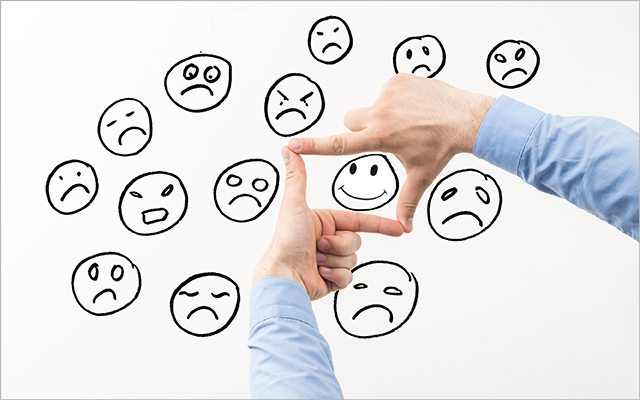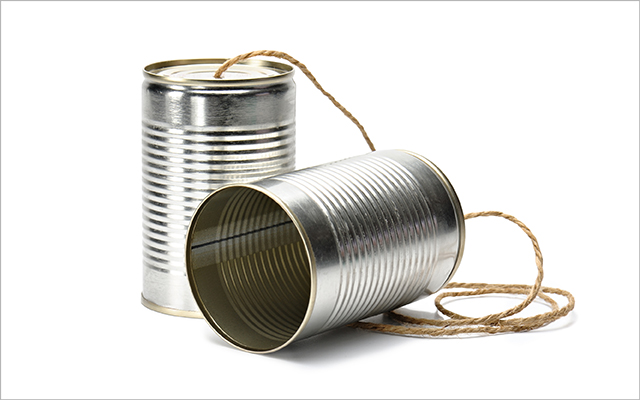Anger is usually considered a negative emotion — something that needs to be restrained or at least “managed.” Our aversion to anger makes sense. Persistent rage can take a toll on our mind and body, and on our relationships: Studies link chronic anger to depression, back pain, sexual dysfunction, and more; other studies find fiery outbursts can spark heart attacks and strokes.
All anger is not equal, however. There are destructive and productive forms of anger.
Anger-management expert John Schinnerer, PhD, who served as the psychological consultant for the animated Pixar film Inside Out, differentiates chronic irritability — a long-term outlook characterized by perceiving the world through a hostile, persecutory lens — and the momentary angry response, which we all exhibit from time to time.
Anger of the flash-in-the-pan variety is not only normal; it has some real benefits.
That burst of anger triggers a battery of physiological responses, including increased heart rate and blood pressure, which are crucial to keeping ourselves and our loved ones safe. If we learn that our child is being bullied or we catch a pickpocket snagging our wallet, reacting with anger can be both adaptive and productive.
Anger is helpful not just in moments of duress but also in the broader scheme of our relationships. For one thing, exasperation may compel us to say how we feel instead of bottling it in. And when we express those feelings respectfully (think taking a deep breath, saying our piece, then listening to what the other person has to say), our anger is helping to promote growth and change and may even contribute to a longer life.
Asserting anger productively requires some back and forth, but if we do it calmly and assertively, says Schinnerer, “it helps us speak up for what we need and let others know when our boundaries are being violated.”
Anger also deserves credit for providing a proverbial kick in the butt, especially in comparison to the paralyzing effect of other negative emotions.
Take sadness. Feeling blue generally leads us to view life through what psychologists call an “external locus of control,” or a belief that good or bad things occur because of factors beyond our control. Anger does the opposite, corresponding with an “internal locus of control” — the belief that we have a say in what happens to us.
“Being mad can [also] be good for society; it motivates us to work toward positive change,” notes Schinnerer. “Things like #MeToo or the civil rights movement wouldn’t exist without anger.”
Still, it’s important to distinguish between anger as an impetus for positive change and anger as a catalyst for heart disease, damaged relationships, or a fist-size hole in the wall.
To differentiate between normal, healthy anger and chronic irritability, Schinnerer encourages us to consider three elements of our anger:
- Duration, or how long the emotion lasts.
- Frequency, or how often it happens.
- Intensity, or how strongly you experience it.
Intensity is especially important, explains Schinnerer, because it helps us think about anger in context.
“There’s a difference between being intensely angry about something like racial injustice or sexual harassment and flying off the handle every time you get caught in traffic. One way to maintain perspective is to ask yourself, ‘Will this matter in five years?’”
Ultimately, the key to using anger productively rather than destructively lies in being mindful of our feelings and finding a healthy way to release them before they get too big. Schinnerer encourages us to cultivate a habit of rating our anger as it arises, using a scale of 1 to 10.
“I tell clients to express themselves before they reach a 5. That way they speak up for what they need while they’re still relatively calm.”
When we channel our frustration instead of letting it fester, we can turn what seems like a negative emotion into something powerful and productive. Sometimes that may not amount to much more than a sternly worded email to customer service, but as long as we get it out somehow there’s no reason to fear angry feelings.
“It’s not about anger being good or bad,” explains Schinnerer. “It’s what you do with it that matters.”
Productive or Destructive Anger: 5 Ways to Tell
- How does your anger affect others? Productive anger leads to positive outcomes like compromise, empathy, even intimacy. Destructive anger leads to others feeling afraid, disrespected, or hurt.
- On an anger scale of 1 to 10, can you differentiate between level 2 and level 9? This requires cultivating awareness around how anger feels in your body at every stage. (For instance, at a low level, your teeth might clench; at a medium level, your hands might shake; at a high level, it might be difficult to breathe).
- Do you consistently wait until you’re at a 5 (or higher) before you say how you feel? If you frequently let yourself stew — or stew then spew — your anger is likely more destructive than productive.
- Do you frequently blame others for your angry feelings — or the consequences? Anger can be empowering, but only if you take ownership of it.
- Do you accept anger as a natural, human emotion or do you push it away? If you feel ashamed of yourself every time you experience anger, you’re more likely to shut out the underlying messages your anger is trying to communicate (That isn’t fair! This doesn’t feel right!)




This Post Has 0 Comments